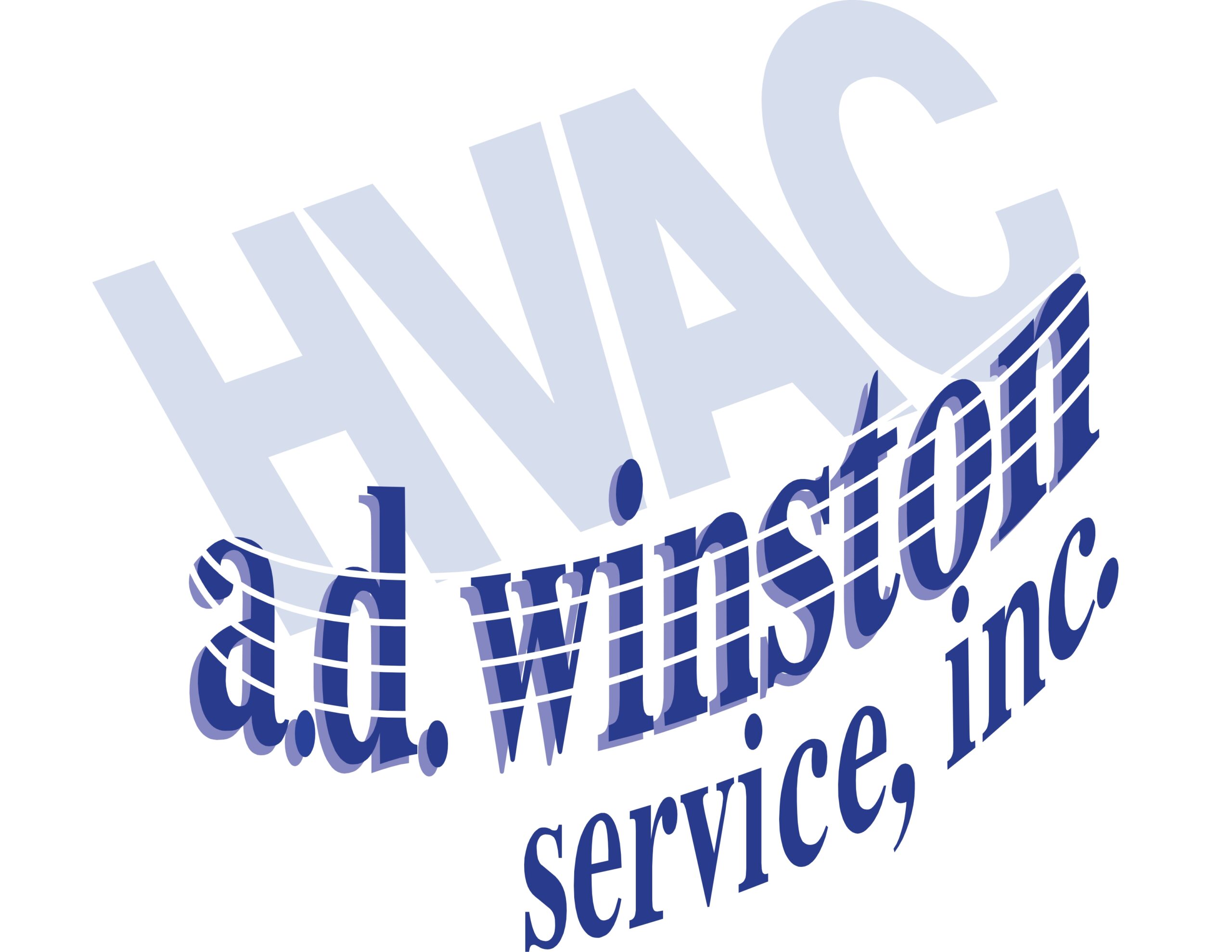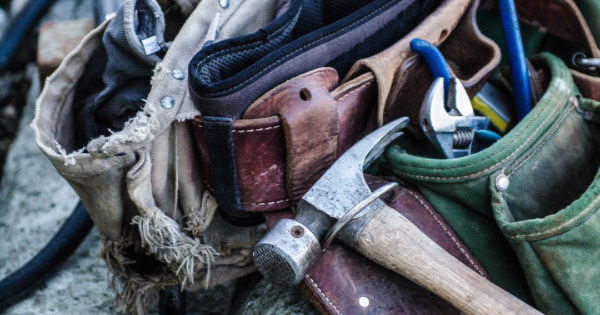HVAC stands for heating, ventilation, and air conditioning. An HVAC unit offers heat and air conditioning, which helps keep your home comfortable when temperatures are high or low. The unit also removes moisture from the air, which enhances its quality. Over 103 million houses in the United States depend on air conditioning.
Statistics reveal that HVAC systems averagely consume about 48% of energy in a typical U.S. home. As your home’s most significant energy expenditure, proper installation saves you on the stress of and money for repairs. It’s an investment that requires finances and the right decision for effortless and hassle-free installation.
Below are helpful tips for a successful HVAC installation especially for first-time homeowners.
1. Work with a Trustworthy HVAC Company
Working with a reputable HVAC installation company guarantees you quality work. Due diligence is vital when looking for a company that offers unmatched services. Shoddy work will only drain your resources and escalate your electricity bill. In the end, you won’t get value for your money. Proper heating and air condition installation enhances the efficiency of your system.
Only deal with contractors who have an excellent reputation for heating and cooling services. Moreover, don’t choose a contractor based on their charges. Selecting the cheapest contractor may cost you a fortune on repairs and maintenance in the long run. For a company with an online presence, check the customer reviews for more information about their professionalism and competence.
2. Purchase the Right Sized Unit
When choosing the unit, ensure it’s of the right size. A higher capacity unit is expensive and can result in high energy bills during the summer. On the other hand, buying an extra small unit is nerve-racking. It won’t have enough power to lower or increase the temperatures appropriately. A smaller unit might also work extra hard to cool or heat the space, which would still result in high utility bills.
Therefore, the ideal unit is of just the right size and it effortlessly heats and cools your house alongside getting rid of the humidity. Your house size helps determine the ideal unit size to buy. Consult an HVAC professional to find out the exact unit size your home needs.
3. Invest In a New Unit
A new unit serves you better and longer with minimal repairs and HVAC maintenance costs than a used one. Although they may be cheaper, they end up costing you a fortune in the long run. Most real estate investors install used units without knowing they will attract more costs down the road.
Most used units are not energy efficient and their performance is pathetic when compared to new units. They also have a short life span, which is not economical. As a long-term investment, purchasing a new unit saves you financial ache.
4. Install an A/C Cage
An A/C cage is used in securing appliances, thus preventing theft. These appliances are a huge investment, so securing them is a practical investment. In many cases, A/C units are stolen and later resold. Theft of units is not only rampant in high-end neighborhoods, but also in inner-city rentals. A cage helps put a barrier between your property and thieves who want to take advantage.
The cage protects your A/C unit from falling debris as well. Moreover, a cage is useful and costs much less than installing security monitors or alarms to safeguard your air conditioning and heating systems.
5. Use Proper Insulation
You may have a great contractor and a properly-sized unit, but you will still have issues if there is no proper insulation. Adequate house insulation helps the unit to reach the desired temperatures, which saves your utility bills. Inefficient insulation forces your heating and cooling systems to work extra hard to heat or cool the house per degree.
HVAC systems are a significant expense, which makes working with a professional contractor for expert air conditioning services valuable. Consider investing in a new unit that will offer you maximum comfort with less hassle. Apart from having a new unit, it’s worthwhile securing it using an A/C cage. After all, it’s better to be safe than sorry.

